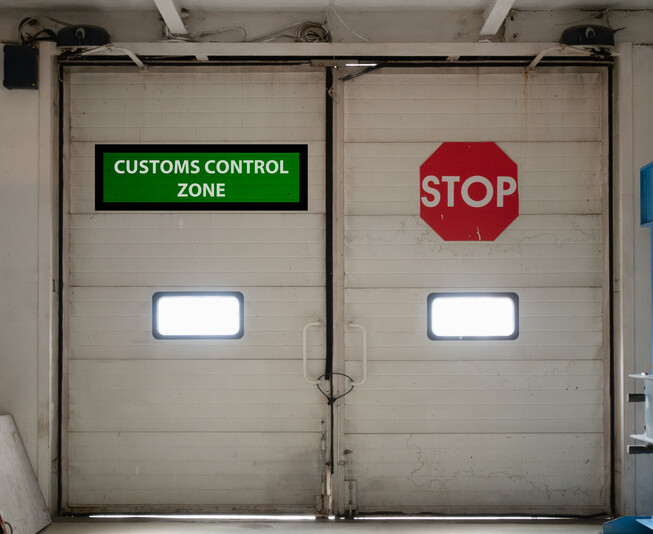Insight Focus
HS Codes are an important tool used in the international trade of goods. They help to quickly and efficiently identify and classify products, enabling authorities to process them and apply the correct taxes and fees.
What are HS Codes?
A huge number of goods are traded around the world every single day. According to the World Trade Organization, the value of world merchandise trade is about USD 25 trillion every year.
As a result of these huge volumes of goods that pass travel around the world, customs authorities need various systems that help them ensure the flow of goods runs smoothly and efficiently.
Harmonised System (HS) codes are one of the tools used by importers, exporters and customs authorities to keep track of which goods are being traded in a more efficient way. The HS system classifies goods into numerical categories, allowing them to be identified quickly.
Other systems also exist, including the five-digit SITC system developed by the United Nations. However, the HS system provides a more detailed list of commodities.
Why are HS Codes Important?
There are several benefits of using an HS code. They can:
- Reduce customs delays
- Improve supply chain efficiency
- Enhance international market access
- Apply correct taxes and duties owed
- Indicate any restrictions
- Help create better trade data
If you don’t include the HS code on the shipping documents or make an error, this can lead to delays and additional costs for the receiver.
How Does it Work?
The Harmonised System is managed by the World Customs Organization (WCO) and is updated every five years. It is used by over 200 countries around the world, encompassing over 98% of global traded goods.
The HS assigns six-digit codes, which are globally recognised. Each country can then add its own subsections for national classification.
A product HS code usually looks like this:

Let’s look at how apples are classified.

The first two digits in the HS code are the chapter – this is the broad categorisation of your commodity. In our case, this would be Edible fruit and nuts, peel of citrus/melons (chapter 08).
The second two digits are the heading, which is a specific category of products within that Chapter. Here we would need the heading for Apples, pears and quinces, fresh (heading 08.08).
The final two digits are the sub-heading, which is a sub-category within that heading. In the case of our apple example, there is a sub-heading specific to apples within the wider fruit bracket, which adds the final two digits to make the HS code complete (10).
Bringing all these components together gives you the HS code: 0808.10.
Some headings are not further subdivided into sub-headings, in which case the final two digits of commodity codes are “00”. For instance, tomatoes are not further subdivided, so the full HS code is 0702.00.

How to Choose the Right HS Code
Choosing the right HS code is important to reduce customs clearance times and ensure the correct taxes and duties are paid. There are several resources available that can provide direction on HS codes. The following are the main chapters.

A tool is available from the WCO that allows users to explore the various categories and identify the right HS code.
While the six-digit HS code is a global standard, individual countries have their own subdivisions. These can be identified by longer numbers, with some featuring subheadings of eight, 10 or even more digits.
The History of HS Codes
The first efforts to create a common customs system were made in the 1930s by the League of Nations – the first iteration of the UN. The UN then created the Standard International Trade Classification (SITC) system in 1950, which began to be widely used. The earliest tracked customs data in the UN Comtrade database comes from 1962.
The SITC was revised multiple times to reflect changes in the global economy and trade, until eventually the system was expanded to the HS system, comprising 5,019 six-digit subheadings. This came into force in 1988. The SITC system is still used today, although mainly for statistical purposes.
Nowadays, the HS system is updated every five years, after a review. This process is important as it allows the HS nomenclature to remain relevant, catering for evolving needs and the constantly changing landscape of international trade.
The latest version of the HS came into effect on January 1, 2022. There were 351 sets of amendments, which is above average, including:
- The new heading 88.06 was created for unmanned aerial vehicles (drones) and the new subheading 8517.13 was introduced for smartphones.
- 3D printers were combined into a single new heading (heading 84.85).
- Diagnostic reagents and kits (including malaria diagnostic kits) have been classified under heading 38.22 as a streamlining measure.
Is HS the Only Classification System?
No, there are several other classification systems for goods, including SITC, NAICS and SIC. However, the HS system is the most widely used, with others being specific to certain countries or territories.















